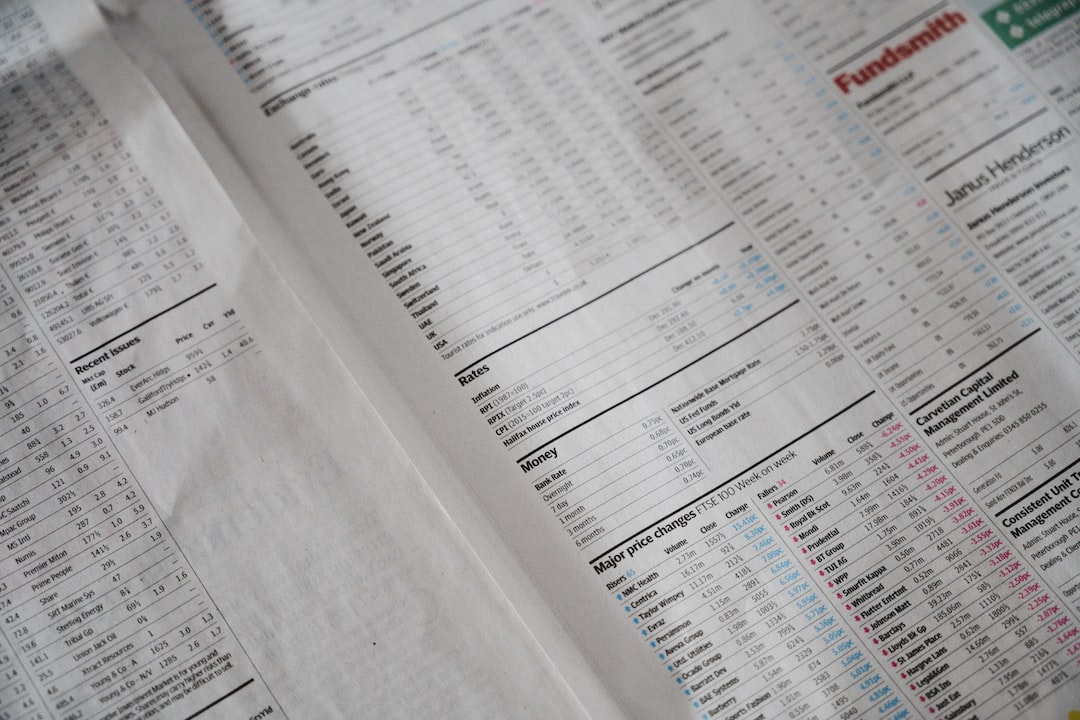Forex, or foreign exchange, is the trading of currencies from different countries. The forex market is the largest financial market in the world, with an average daily trading volume of $5.3 trillion. The forex market is open 24 hours a day, 5 days a week, and has no central exchange. Trading in the forex market is done through brokers, who provide traders with access to the market.
Financing in forex refers to the process of borrowing money to trade currencies. In forex, financing is also known as leverage. Leverage allows traders to control a larger amount of currency with a smaller amount of capital. For example, a trader can control $100,000 worth of currency with a $1,000 deposit, using a leverage ratio of 100:1. Leverage can increase the potential profit of a trade, but it also increases the potential loss.
Financing in forex works by borrowing money from the broker to open a position. The broker charges interest on the borrowed amount, which is known as the financing rate. The financing rate is calculated based on the interest rate differential between the two currencies being traded. For example, if a trader is buying the EUR/USD currency pair, and the interest rate in the Eurozone is higher than the interest rate in the United States, the trader will receive a positive financing rate. If the interest rate in the United States is higher than the interest rate in the Eurozone, the trader will have to pay a negative financing rate.
Financing rates are typically charged on a daily basis, and are debited or credited to the trader’s account at the end of each trading day. The amount of financing charged or credited depends on the size of the position and the financing rate. The larger the position, the higher the financing cost will be. Traders can use a financing calculator to estimate the financing cost of a trade.
Financing in forex is important because it allows traders to open larger positions with a smaller amount of capital. Leverage can increase the potential profit of a trade, but it also increases the potential risk. Traders need to be aware of the risks and benefits of leverage, and use it responsibly. Traders should also have a clear understanding of the financing rates charged by their broker, and how they will affect their trades.
In addition to financing, traders can also use other forms of leverage in forex. Margin is another form of leverage, which refers to the amount of capital required to open and maintain a position. Margin is expressed as a percentage of the position size, and is set by the broker. Traders need to maintain a certain level of margin in their account to keep their positions open. If the margin level falls below a certain threshold, the broker may close the positions to prevent further losses.
In conclusion, financing in forex allows traders to borrow money to open larger positions with a smaller amount of capital. Leverage can increase the potential profit of a trade, but it also increases the potential risk. Traders need to be aware of the financing rates charged by their broker, and how they will affect their trades. Traders should also use leverage responsibly, and have a clear understanding of the risks and benefits.





